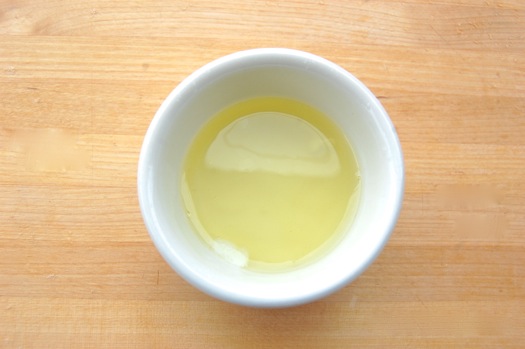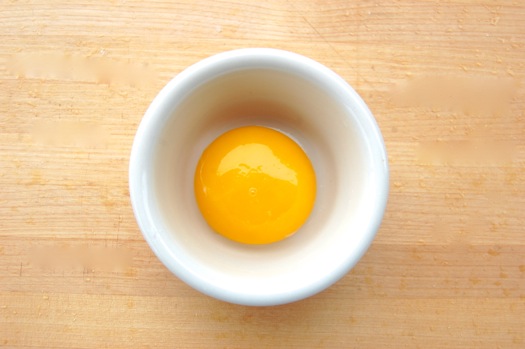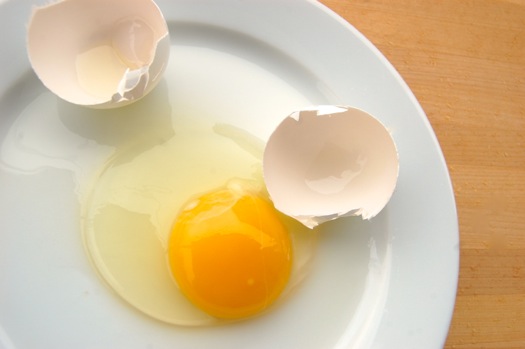Egg White

On the surface of it, an egg white isn’t a very interesting thing. It’s colorless with very little flavor and is made up of about 90% water. However there’s quite a lot of magic in that last 10%. How so? Because that’s where the proteins are. The white contains about half the total proteins of the egg, most of which are different from those of the yolk, and which do some pretty interesting biological jobs. Some of them bind up vitamins, others digest cell walls, still others bind to digestive enzymes rendering them useless. All combined they serve to make the white of an egg a very unfriendly place for invading microbes. They’re a big part of the reason an egg can be stored for so long.
READ ON
